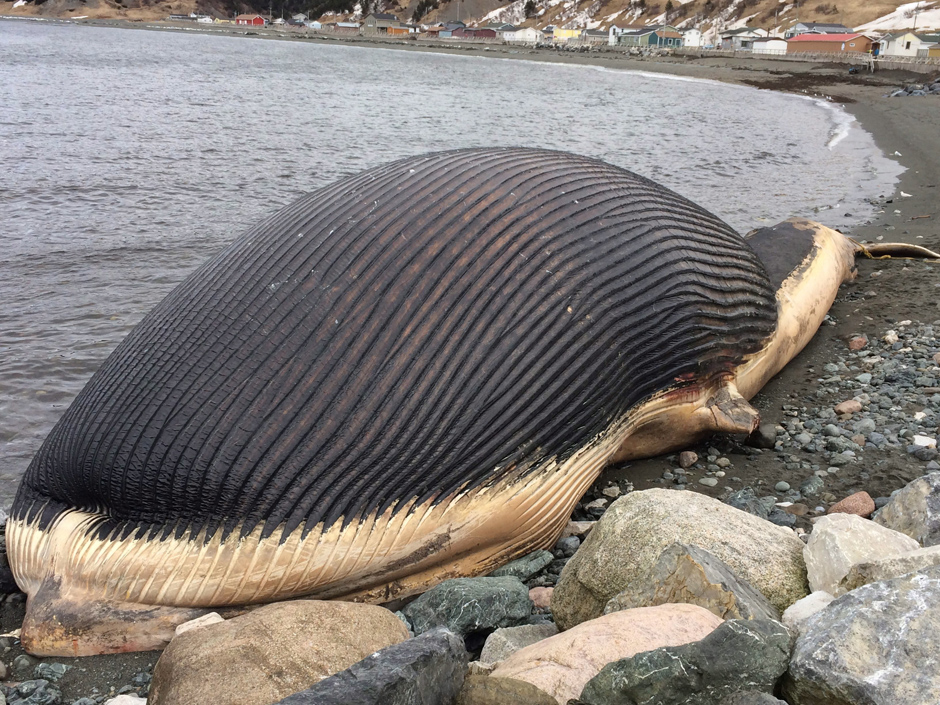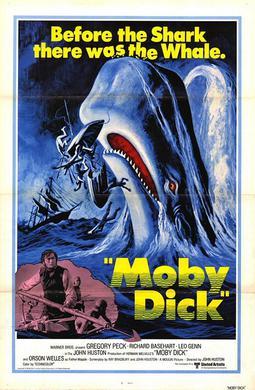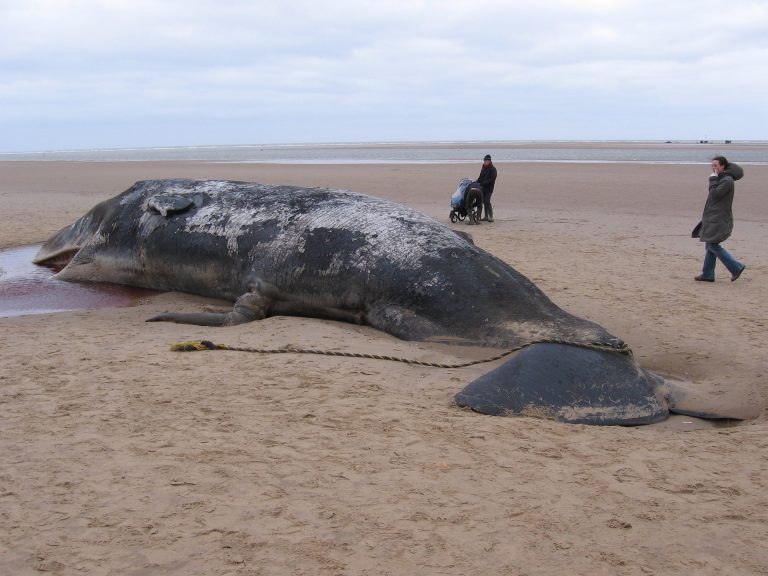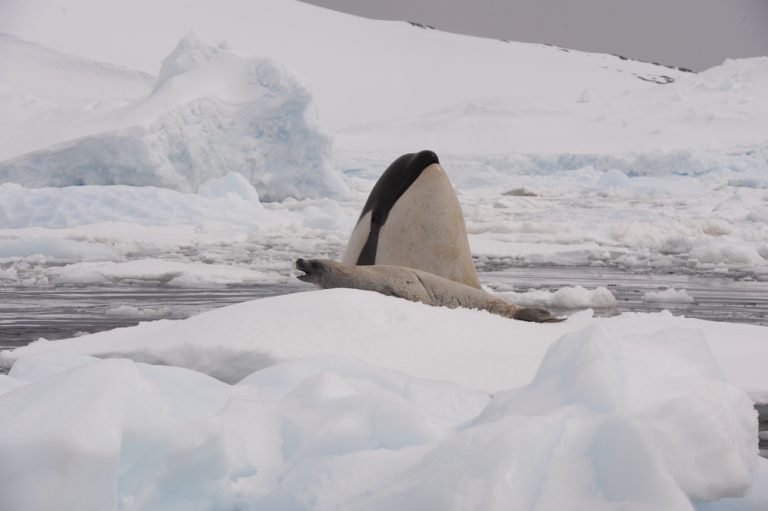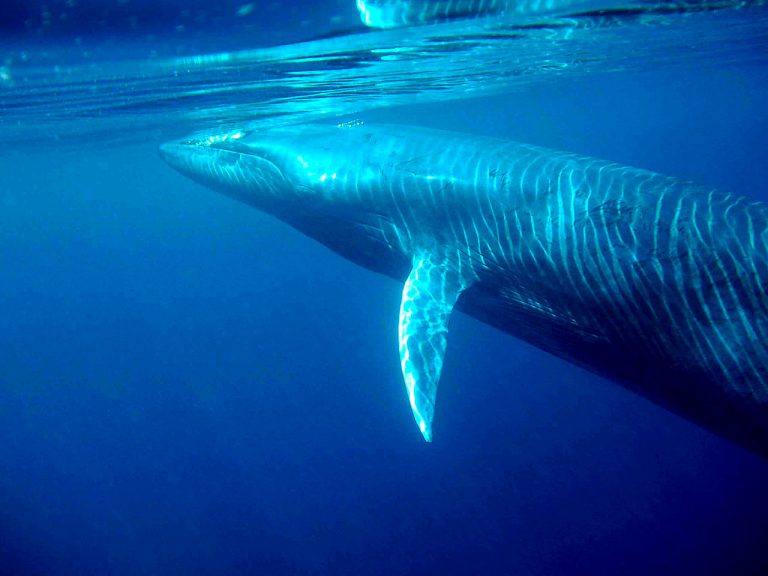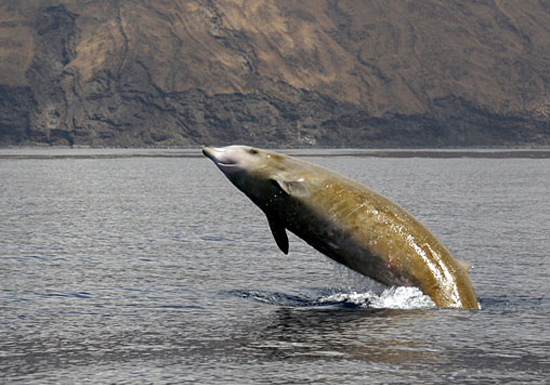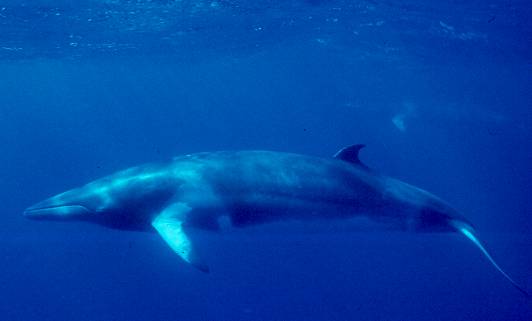5 Of The Most Famous Whale Explosions
Whale explosions do happen and depending on the circumstances, they can turn into an environmental nightmare.
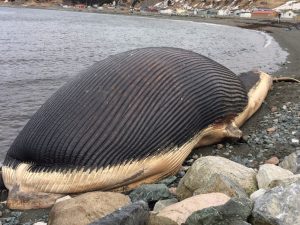
Whale explosions may sound like something out of a low-rate Hollywood movie but they are not. They are actually real occurrences. In fact, they happen worldwide more often than you would imagine.
Let’s look at why it happens in the first place and some of the most popular whale explosion incidents.
What Is A Whale Explosion?
Marine mammal such as whales often become stranded on beaches. There are three common scenarios why this may happen:
- If a sea mammal is sick or dying, it will beach itself in order to avoid drowning since it’s too weak to stay afloat. Rarely do they recover and in such cases humans are able to help them get back into the water successfully. At other times, they die on the beach in question.
- It may happen by accident.
- An already dead sea mammal may drift onto a beach. In such cases, it’s likely been dead for a few days.
In the case of smaller animals, it’s easier to get them back in the water (if they are still alive), but towing a dead mega-ton whale back into the water in one piece is very tricky and usually not advisable.
Within days, gas builds up as the animal’s viscera and stomach contents begin to decompose. As a result, the whale ‘swells’ and may almost double in size. In addition, the smell from the rotting corpse is overpowering and better imagined, especially in warm weather.
Eventually, the skin will burst under pressure from the gas build-up or health officials may decide to burst it open in order to cut it up for disposal. Sometimes, the bodies burst while people are climbing on them to get pictures, or they may burst while being moved.
This ‘bursting’ is quite forceful and the contents will usually spray over a large area, hence the term ‘whale explosion.’
5 Of The Most Famous Whale Explosions
1) Florence, Oregon. 1970.
In what is likely the most popular whale explosion incident ever, a whale beached in the town of Florence in November, 1970. Thinking the whale was too large to cut up or burn, town officials hired highway engineer, Paul Thornton, to devise a plan to get rid of it.
Thornton decided that using a half-ton of dynamite to blow up the whale to bits was the best option. He assumed that the chinks of whale parts would scatter into the sea.
On detonation-day, bystanders were moved as far back as a quarter of a mile from the whale carcass before the blast. However, his calculations went woefully wrong: people were forced to run as they were showered with chunks of rotting whale flesh, guts, and blubber.
Even cars that were parked much further away were smashed by flying pieces of rotten whale meat.
Eventually, highway crews ended up burying all the pieces of the whale as a large portion of the carcass was unaffected by the dynamite.
Luckily no one was hurt. The video from the incident became an Internet sensation and today, Oregon has a policy of burying whale carcass instead.
More often than not, whales explode because of people climbing on them, cutting them, or trying to move the body.
2) Tainan City, Taiwan. 2004
In 2004, a sperm whale washed up in Tainan City and died shortly after. Researchers decided to collect the body for educational purposes and move it to the Shi-Tsao Natural Preserve.
While a trailer was carrying it through the streets of Tainan, its belly burst showering nearby pedestrians, cars, buildings, and store fronts with blood, guts, and body parts.
According to a BBC News article, one resident described it as “disgusting, and the smell was really awful.”
The Tainan City sperm whale carcass was so large that it took 13 hours, 50 workers, and three large cranes to lift it onto the trailer from the beach.
3) Faroe Islands, 2013.
A similar mishap happened when a marine biologist named Bjarni Mikkelsen cut into a sperm whale carcass while getting it ready for a museum display.
Days earlier, four sperm whales beached between the islands of Streymoy and Eysturoy and two of them died. One of the dead whales was selected so the bones could be harvested for a future museum display. This carcass was the one Mikkelsen was cutting when the belly exploded violently almost injuring him in the process.
4) Montevideo, Uruguay. 2014
Another sperm whale burst open in January 2014 as it was being transported to a land-fill site for burial. The carcass collapsed and fell onto a truck bed because the straps on the hoist burst, likely due to the weight of the animal.
The whale was dead on arrival when it washed up on Carrasco beach in Montevideo. It was already decaying and swelling gradually when local authorities began moving it. Afterwards, it got to the landfill site without further event.
5) Newfoundland, Canada.
The fifth case of an exploding whale is a bit peculiar. It happened that a dead and very bloated blue whale washed ashore at a small fishing town called Trout River in Newfoundland.
Now, the blue whale is the largest creature ever on the face of the Earth: in or outside water. This specimen measured 81-feet originally. You can therefore imagine how large it became as internal gases caused it to swell to almost double its original size.
This was a ‘bomb’ waiting to explode. This particular case was so popular that a website was created to track the time till the whale would explode: HasTheWhaleExplodedYet.com
But something odd happened: slowly the whale began to deflate on its own.
It never exploded.
Eventually plans were made to move it to the Royal Ontario Museum and process it for display.
Ultimately, whale explosions do happen and depending on the circumstance, they may or may not be prevented. At least, now people know not to attempt blowing such carcasses up with dynamite.

